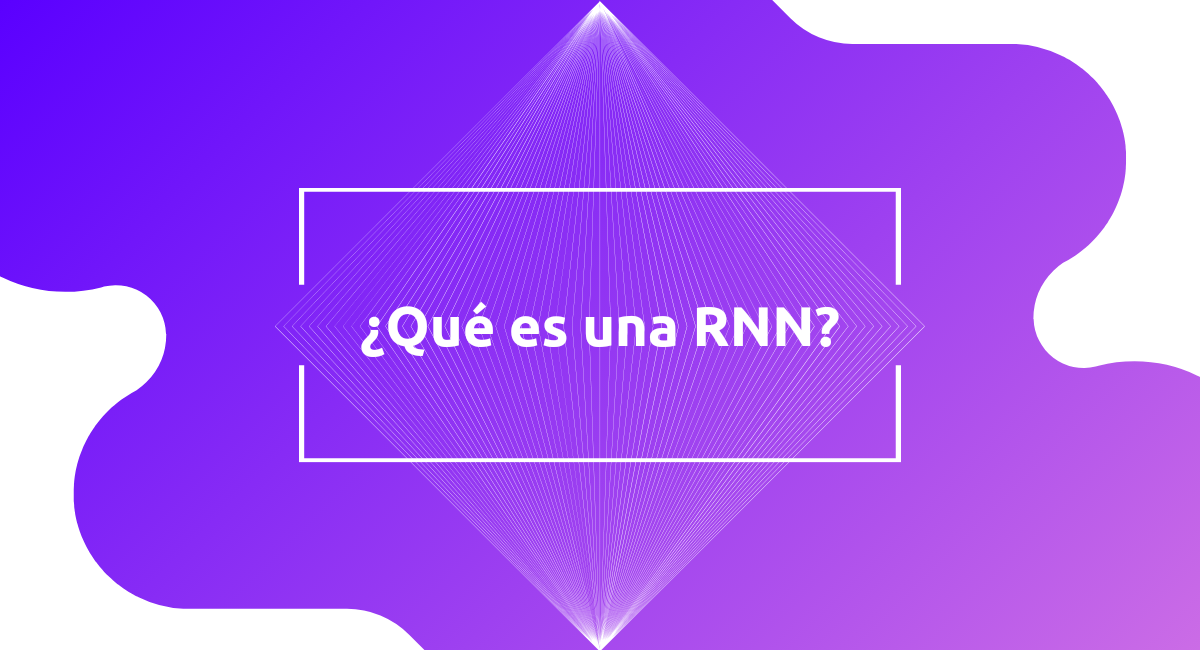RNN
1. What’s an RNN?
An RNN, or “Recurrent Neural Network”, is a type of neural network architecture designed to process sequences of data and model temporal dependencies. Unlike feedforward neural networks, RNNs have feedback connections that allow them to preserve and use information from previous states during the processing of input sequences, which is why RNNs are considered to have memory, e.g. LSTM or “Long short-term memory” neural networks.
2. What’s the RNN function?
Recurrent Neural Networks (RNN) are fundamental in the field of deep learning, especially in tasks where sequentiality and temporal dependency are essential, such as price history. Their ability to process data in sequences makes them especially useful in applications of natural language processing, machine translation, text generation, and time series prediction. Unlike conventional neural networks, RNNs have feedforward connections that allow them to retain information about previous states during sequential data processing, making them suitable for capturing complex patterns in temporal contexts. However, to overcome challenges such as gradient fading, more advanced variants such as LSTMs and GRUs have been developed.
These neural networks are usually used in the financial sector to analyze the historical price of an asset along with stochastic recurrent neural networks such as boltzman machines, although they are also used in the natural sciences to perform data analysis on animal species or climatological.
3. Examples of RNNs.
- GRU.
- LSTM.
- RNN Bidirectional.
- Boltzman Machines.
- Deep RNN.
- Hierarchical RNN.
- Elman RNN.
Do you need to develop an RNN model for your project?
We can help you develop it! We are specialists in the development on data and AI based projects.


